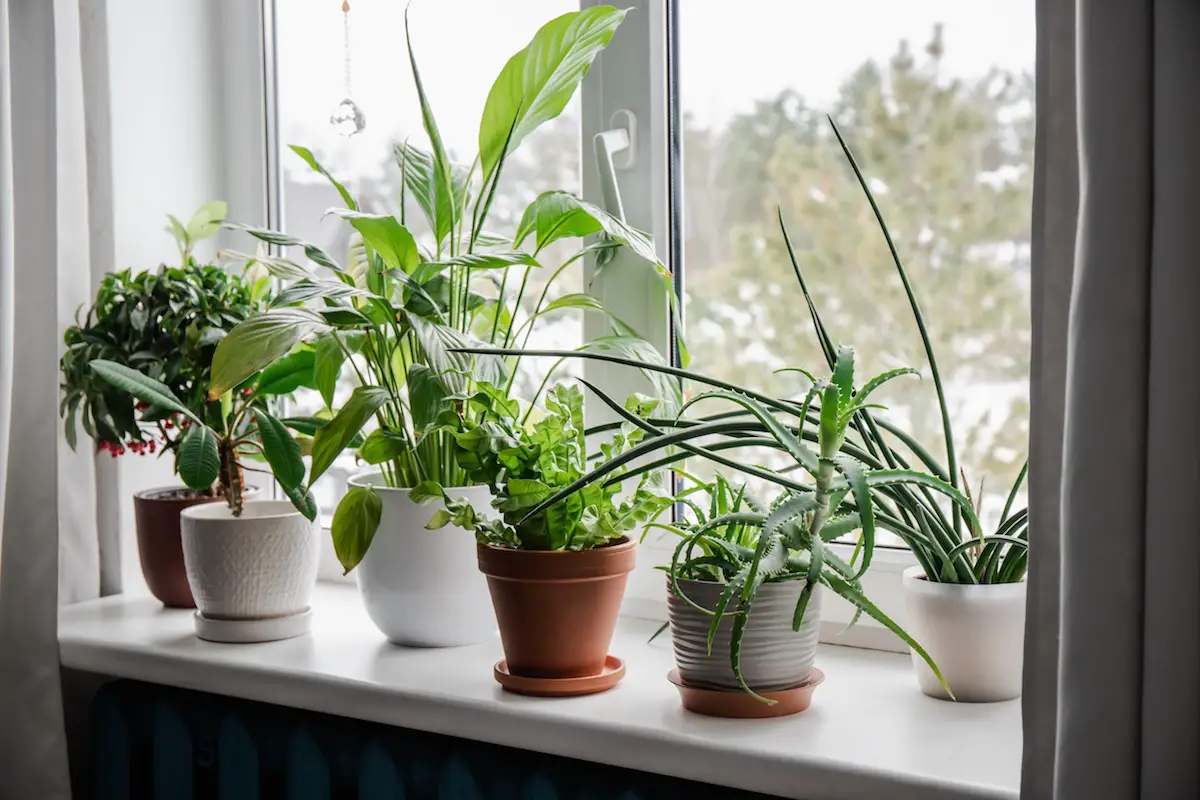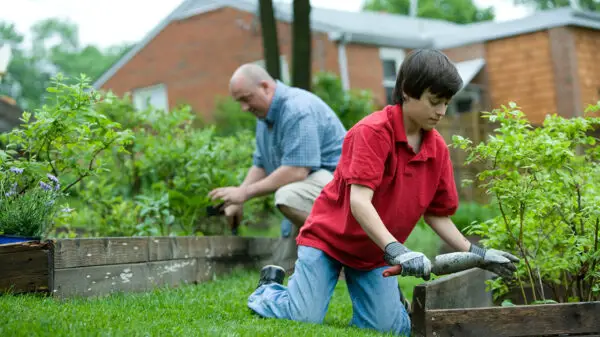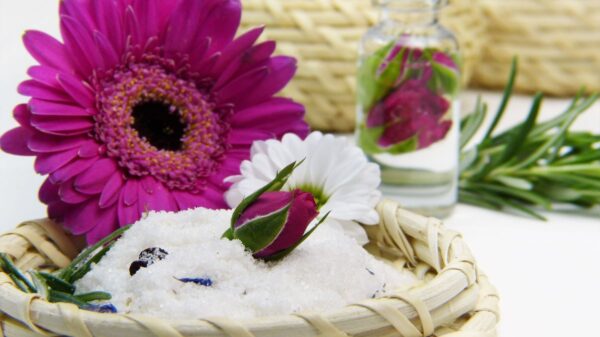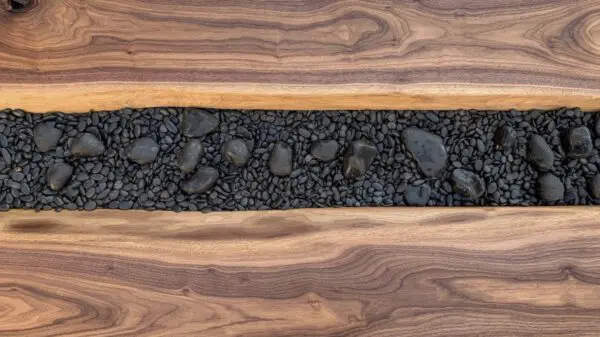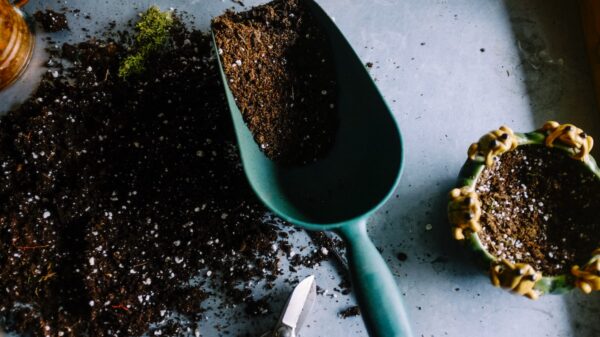What Are the Easiest Plants to Take Care Of?
If you’ve always dreamed of having lush greenery in your home but find the idea of taking care of plants daunting, worry not. Sometimes taking care of house plants can give a sense of purpose to your life that you didn’t know you needed. You don’t have to be an expert gardener or even have a green thumb to keep thriving houseplants alive and well – all it takes is patience and the right knowledge on easy-care varieties that won’t stress you out! So, what are some of the top easiest plants to take care of?
The top six easiest plants to take care of are snake plants, zz plants, peace lilies, pothos, dracaena, and philodendron. These plants will be great a way to bring nature into your home.
From brightening up a window sill with vibrant succulents to creating a mini jungle indoors with tropical ferns, we guide you through 6 easy-to-maintain plants for keeping your green friends happy at home.
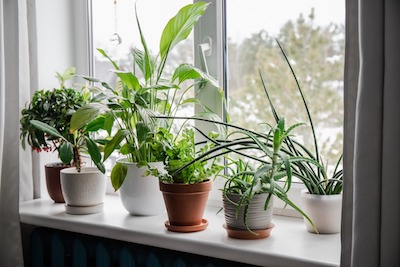
The Top 6 Easiest Plants to Take Care Of
If you want to bring a bit of nature into your home, but don’t think you have the time or energy to properly care for them, then give these easy-to-care-for plants a try:
1. Snake Plant (Sansevieria)
This hearty and hardy plant can survive in almost any condition, making it an ideal starter plant. It doesn’t need much light, water, or humidity and can last for months without any attention.
2. ZZ Plant (Zamioculcas zamifolia)
This easy-care succulent is naturally drought-tolerant and thrives on neglect. The glossy leaves add a touch of sophistication to any room, and only needs moderate watering every few weeks.
3. Peace Lily (Spathiphyllum)
A popular choice for the home or office, this luscious green foliage does its best with weekly waterings and indirect sunlight. It has stunning blooms too!
4. Pothos (Epipremnum aureum)
This low-maintenance vine is an excellent choice for beginners. It’s tolerant to a wide range of growing conditions, including low light and drought.
5. Dracaena (Dracaena marginata)
Also known as the Dragon Tree, this striking plant does really well in medium light and needs very little water or pruning.
6. Philodendron (Philodendron sp.)
This low-light lover is one of the most popular plants around! Its trailing vines look beautiful hanging from baskets or climbing across walls, and it only requires occasional watering to stay healthy.
Whether you’re looking to add some green to your home or office, these easy-care plants are sure to give you the best of both worlds.
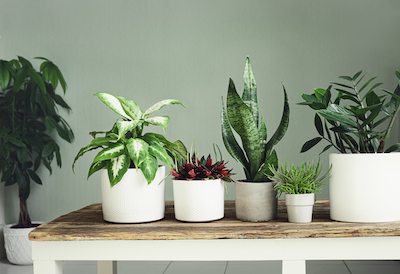
How to Care For Your Plants
Caring for plants may seem intimidating, but it doesn’t have to be. With a few simple steps, you can keep your plants healthy and thriving in no time.
First, assess the environment where you plan on putting your plant. Make sure there is enough light and space for them to thrive. Some plants need more sunlight than others, so make sure that the spot you’ve chosen provides the amount of light necessary for the particular type of plant.
Second, ensure that your plant is getting enough water by regularly watering them with appropriate amounts. Different types of plants require different amounts of water depending on their size and species – it’s important to do some research ahead of time so you know how much water to provide.
Third, fertilize your plants with a fertilizer specifically suited for the type of plant you have. This step is often overlooked, but it is essential to providing the nutrients necessary for your plants to stay healthy. Fertilization can also make sure that your soil stays rich in minerals and other elements necessary for keeping them alive.
Finally, keep an eye out for pests and diseases. Plant pests and diseases can spread quickly if not caught early on, so be sure to regularly check up on your plants and take appropriate action if any issues arise.
Following these simple steps will help ensure that your plants remain happy and healthy. With just a little extra effort, you can enjoy the beauty of having lush green plants in your home.
How to Know When Your Plant Needs Care
Knowing when your plants need care can be tricky, but there are some key signs you can look for. One of the most obvious signs that your plants need attention is wilting or discoloration. If you notice the leaves of your plants drooping and looking paler than usual, it’s a sign that they need more water. Additionally, if you see yellow or brown patches on the leaves it could be an indication that they need more nutrients in the soil.
It’s also important to check the roots of your plants to make sure they are growing healthily and have enough room to spread out in the pot. Check whether any new growth has been stunted or slowed due to lack of space; if so, it could be time to repot your plants.
Finally, keep an eye out for pests and diseases. Pests such as aphids or spider mites can wreak havoc on your plants if left untreated, while certain diseases can cause the leaves of your plants to become yellow or spotted. If you notice any of these signs, make sure to take action quickly and treat the problem to keep your plants healthy and vibrant! By paying attention to key indicators like wilting and discoloration, root growth, pest infestations, and diseases, you’ll be able to tell when your plants need care so that you can give them the best possible chance at thriving in their environment.
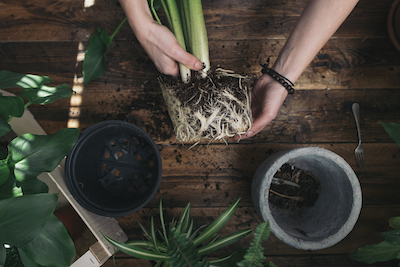
How to Pick a Good House Plant
When it comes to picking a house plant, there are many considerations to think about. Not all plants require the same level of care and attention, and you may need to adjust certain factors such as light requirements, watering schedules, and soil types for optimal growth. Knowing how much time and effort you want to put into caring for your plants can help narrow down your choices.
The first step is knowing what type of environment you can provide for your plants – do you have plenty of natural light or would artificial lighting be better? Consider whether they’ll need extra humidity via misting or if they’ll survive in dryer air with occasional waterings. You should also research what type of soil is best for the specific type of plants you’re interested in, as different types of soil can affect how quickly a plant grows and how much nutrients it can absorb.
Most importantly, be sure to choose plants that are easy to care for or ones that fit into your lifestyle. If you don’t have the time to water your plants daily, look for succulents or cacti which require less frequent watering. For those with plenty of time on their hands and looking for more challenging options, try growing something like an orchid which requires specific temperatures and humidity levels.
No matter what type of plant you decide on, make sure they suit your space and provide the right environment for them to thrive! With some research and understanding, there’s sure to be a house plant that fits into your home.
Related Questions
Can indoor plants live outside?
Indoor plants can be sensitive to outdoor conditions, including changes in temperature, sunlight, and humidity levels. As a result, it is important to consider the environment before deciding whether or not to move an indoor plant outdoors.
Should you water your plants every day?
Watering your plants can be a tricky task. It’s important to know that there is no one-size-fits-all answer when it comes to how often you should water your plants. The frequency at which you should water your plants depends on the type of plant and its location in the home or garden.


